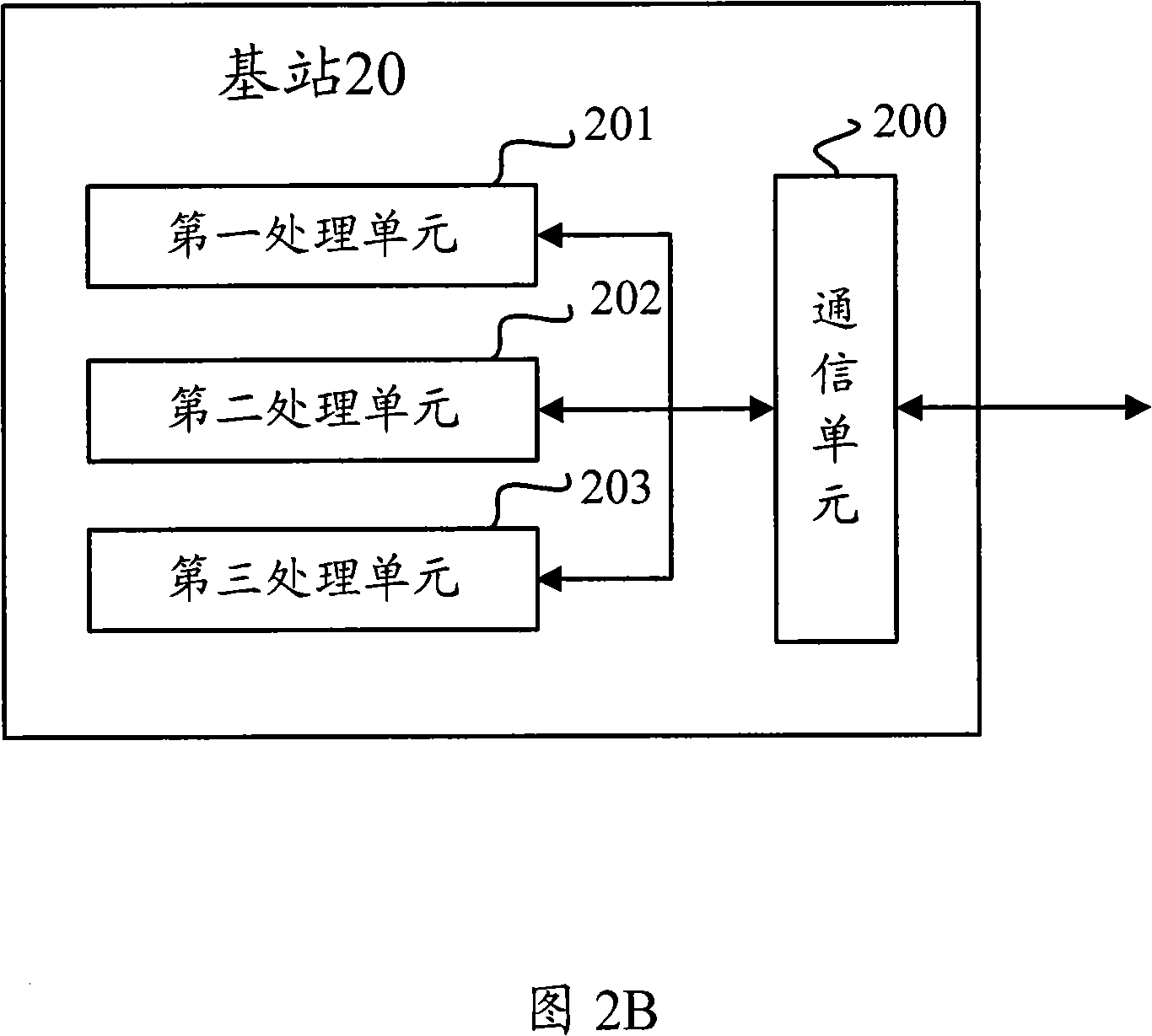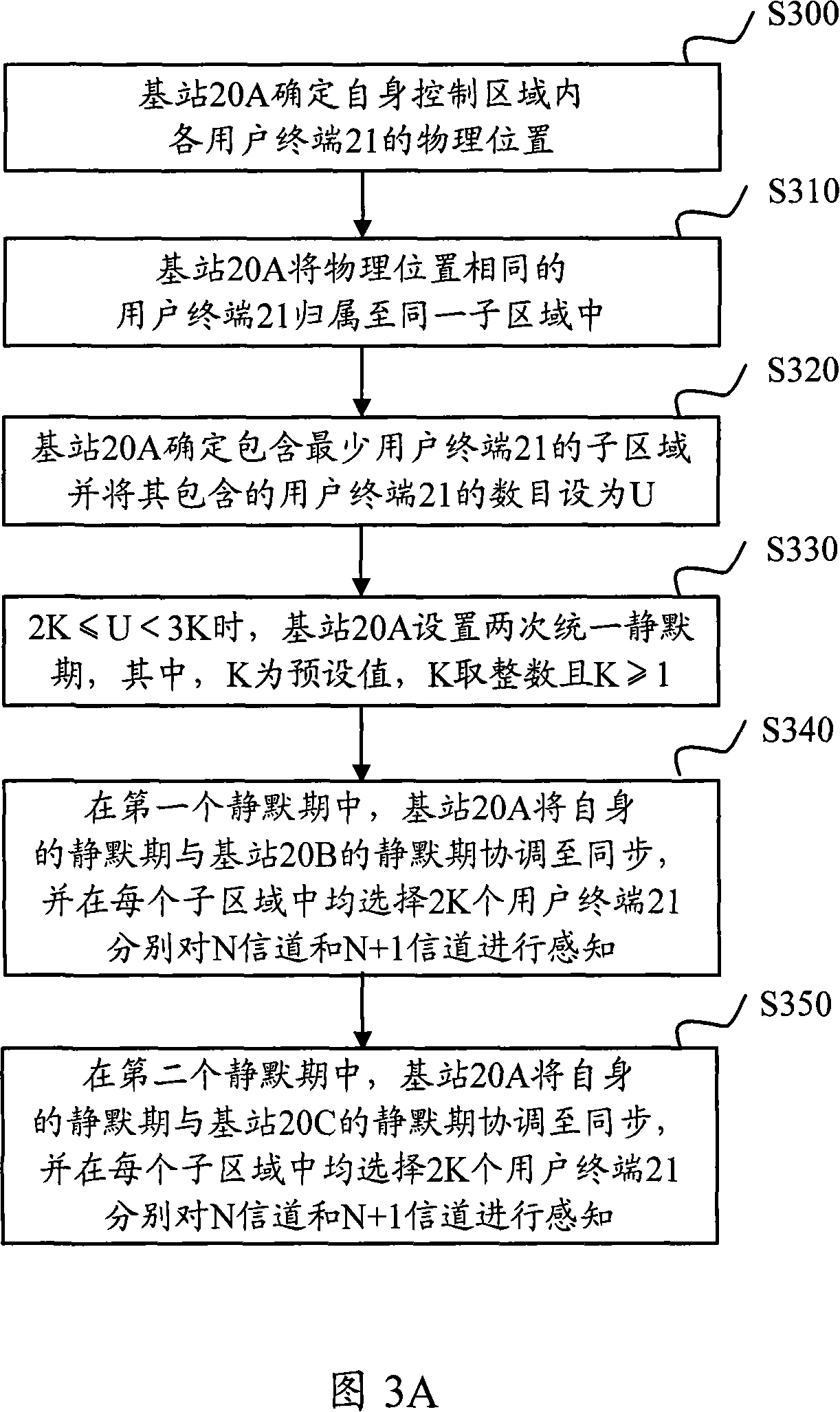A method, device and system for sensing channels
A communication device and channel technology, applied in the field of communication, can solve the problems of reducing the reliability of perception results and interference of authorized users, and achieve the effect of shortening the silent period, avoiding synchronization interference and adjacent frequency interference, and improving the reliability of perception
- Summary
- Abstract
- Description
- Claims
- Application Information
AI Technical Summary
Problems solved by technology
Method used
Image
Examples
Embodiment Construction
[0033] In the embodiment of the present invention, in order to reduce the number of silent periods set when the cognitive (CR) system performs in-band sensing, and reduce the same-channel interference and adjacent-channel interference generated when the CR system performs out-of-band sensing, the CR system The base station divides at least one sub-area from its own coverage area according to preset conditions; and sets an execution period for each sub-area, and instructs the selected user terminal to sense the designated channel within the corresponding execution period.
[0034] When the base station in the CR system needs to perform in-band sensing on the current working channel and its adjacent channels (including N channel, N-1 channel and N+1 channel), the base station confirms that the The physical location of the user terminal, and attribute the user terminals with close physical locations to the same sub-area, then determine the number of user terminals contained in eac...
PUM
 Login to View More
Login to View More Abstract
Description
Claims
Application Information
 Login to View More
Login to View More - R&D
- Intellectual Property
- Life Sciences
- Materials
- Tech Scout
- Unparalleled Data Quality
- Higher Quality Content
- 60% Fewer Hallucinations
Browse by: Latest US Patents, China's latest patents, Technical Efficacy Thesaurus, Application Domain, Technology Topic, Popular Technical Reports.
© 2025 PatSnap. All rights reserved.Legal|Privacy policy|Modern Slavery Act Transparency Statement|Sitemap|About US| Contact US: help@patsnap.com



